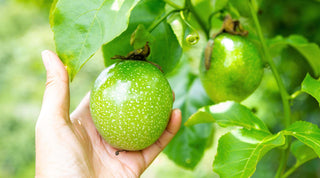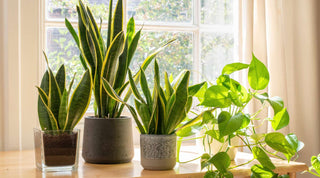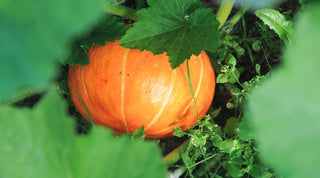Welcome to the world of onion gardening! Whether you’re a beginner or a seasoned gardener, growing large and healthy onions can be incredibly rewarding.
This guide will provide you with expert-level advice to help you grow the best onions right in your backyard.
Understanding Onion Varieties
Before you start, choosing the right type of onion is essential. Onions are generally categorized into three types based on the amount of daylight they need to form bulbs: short-day, long-day, and day-neutral. Your geographical location will largely determine the best type for you. Short-day onions, such as 'Yellow Granex', are ideal for southern latitudes, while long-day onions, like 'Walla Walla', thrive in northern regions. Day-neutral onions, such as 'Candy', are versatile for most areas.
👉 Product we like: Onion Seed Collection

Soil Preparation: The Foundation of Growth
Onions require well-drained, nutrient-rich soil. Start by working the soil at least 8 inches deep and mix in aged manure or compost to improve fertility. A pH level between 6.0 and 6.8 is ideal for onions, so consider testing your soil and adjusting accordingly.
Planting for Success
There are three ways to plant onions: sets, transplants, and seeds. Onion sets or transplants are recommended for beginners as they are easier and quicker.
-
Spacing and Depth: Plant onions about 4-6 inches apart in rows that are 12-18 inches apart. Plant them 1-2 inches deep, ensuring that the top of the bulb is just below the surface.
- Timing is Key: Plant your onions at the right time. For most varieties, planting in early spring as soon as the ground is workable is ideal.
Watering Wisely
Consistent watering is crucial for onion growth. Aim for about 1 inch of water per week, keeping the soil moist but not waterlogged. Mulching around the plants can help retain soil moisture and control weeds.
Nutrition for Growth
Fertilizing is essential for growing big onions. Use a nitrogen-rich fertilizer every few weeks until the bulbing process begins. Once onions start to form bulbs, reduce the nitrogen and switch to phosphorus and potassium-rich organic fertilizers to encourage healthy bulb growth.
👉 Product we like: Down to Earth Blood Meal Fertilizer (Nitrogen)
👉 Product we like: Down to Earth Organic Bone Meal Fertilizer (Phosphorous)
Thinning for Size
If you've planted onion seeds, thinning is a crucial step. Once they are a few inches tall, thin the plants to about 4-6 inches apart; this gives each onion enough space to grow to a large size.
Pest and Disease Management
Keep an eye out for common pests like onion maggots and thrips. Implement crop rotation and use organic pesticides if necessary. Avoid overhead watering to reduce the risk of fungal diseases like downy mildew.
Harvesting and Curing
Harvest your onions when the tops begin to fall over and yellow. Gently dig them up and let them cure on the surface of the soil for a few days if the weather is dry, or move them to a protected area if it's rainy. Curing is crucial as it extends the storage life of your onions.
👉 Product we like: 6 Drawer Garden Harvest Rack
Final Thoughts
Patience is key when growing onions. It takes time for them to develop their full size. By providing the right conditions and care, you’ll be rewarded with large, flavorful onions that are a staple in your cooking. Remember, every gardening season is a learning experience. Happy gardening!



